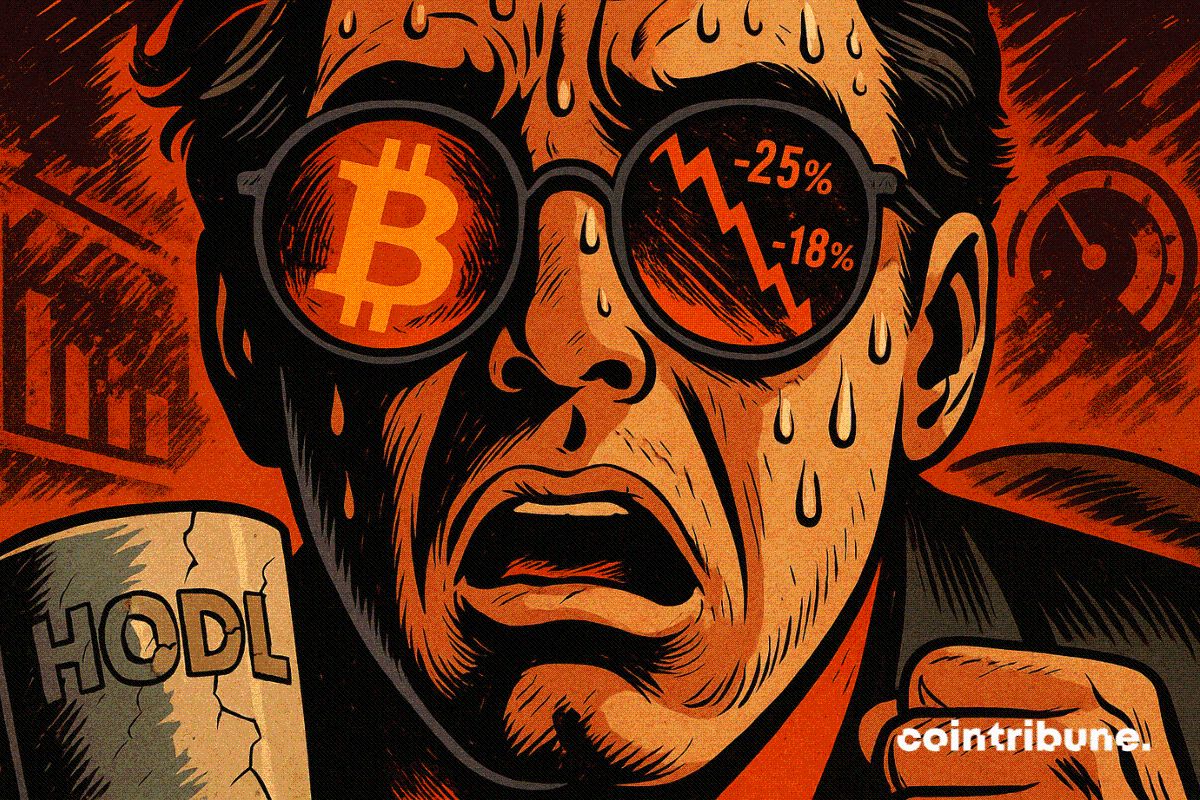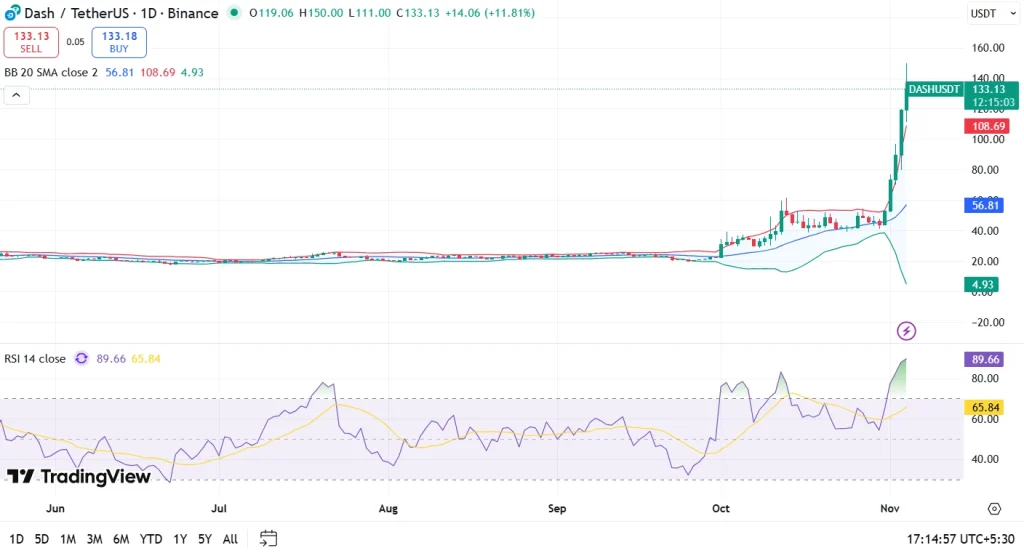News
Stay up to date on the latest crypto trends with our expert, in-depth coverage.
1Bitget Daily Digest (Nov 06) | Monad Plans to Launch Mainnet and Native Token MON on November 24; U.S. Government Shutdown May Delay Crypto Market Structure Legislation Until 20262Bitcoin and Ether ETFs record fifth consecutive day of outflows as crypto prices remain under pressure3Monero (XMR) jumps to 5-month high as privacy coins lead surprise market rally

Fear & Greed Index Shows Deep Investor Fear
Cointribune·2025/11/04 22:09

Sui (SUI) Dips to Test Key Support — Could This Pattern Trigger a Bounce Back?
CoinsProbe·2025/11/04 22:06

Ethereum (ETH) Holds Key Support – Can This Pattern Trigger a Bounce Back?
CoinsProbe·2025/11/04 22:06

Is Dusk (DUSK) Poised for a Breakout? This Key Pattern Formation Suggests So!
CoinsProbe·2025/11/04 22:06

XRP (XRP) To Bounce Back? Potential Harmonic Pattern Signaling an Upside Move
CoinsProbe·2025/11/04 22:06

Bitcoin (BTC) Testing Key MA Fractal Support — Will It Repeat the Bounce Back?
CoinsProbe·2025/11/04 22:06

Kiln Integrates Chainlink CRE and ACE to Launch Institutional-Grade On-Chain Yield Products
DeFi Planet·2025/11/04 22:06


The new crypto bank: Wealth stays on-chain, spending without off-chain conversion
Allowing people to use their own crypto assets without giving up self-custody or frequently converting them into bank deposits.
Block unicorn·2025/11/04 22:04

Dash Price Prediction 2025, 2026 – 2030: Will The DASH Price Go Up This Year?
Coinpedia·2025/11/04 22:00
Flash
- 09:11Swedbank AB disclosed holding 79,000 shares of Strategy, valued at approximately $20 million.According to ChainCatcher, citing BitcoinTreasuries.NET, Swedish bank Swedbank AB, which manages assets worth $32.5 billions, has disclosed holding 79,144 shares of MSTR, valued at approximately $20 million.
- 09:09Swedbank holds 79,144 shares of Strategy stock worth $20 millionJinse Finance reported, citing market sources: According to the latest report from Sweden's Swedbank AB, which manages assets worth $325 billion, the bank holds 79,144 shares of a certain exchange company, corresponding to a market value of $20 million.
- 08:57Hong Kong-listed company Moon has been listed on the US OTCQX market, focusing on bitcoin consumer products.ChainCatcher News, Hong Kong-listed company Moon Inc. (HKEX code: 1723) announced that its shares have been listed on the OTCQX Best Market, opening trading to U.S. retail and institutional investors. This upgrade aims to enhance accessibility for U.S. investors to this Hong Kong-listed company and supports its strategic transformation towards bitcoin consumer products. This OTCQX listing is regarded as part of its international growth strategy, while further promoting the development of the bitcoin ecosystem in Hong Kong and the Asian region. Key future milestones include license and partnership launches in Thailand and South Korea, as well as updates on active user data for bitcoin loading points. The company plans to integrate bitcoin loading functionality into its traditional prepaid distribution network, aiming to distribute bitcoin through cash top-up channels.